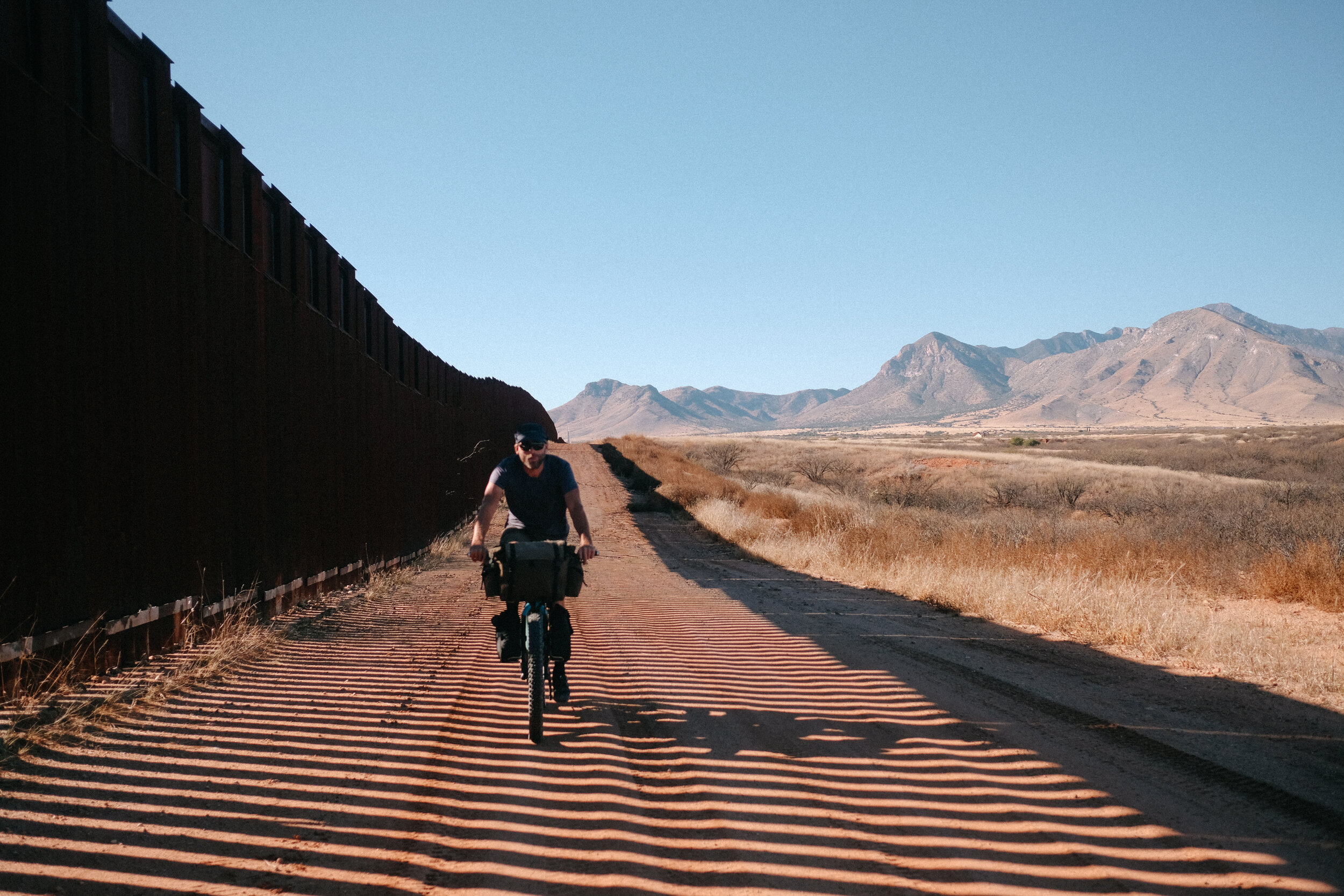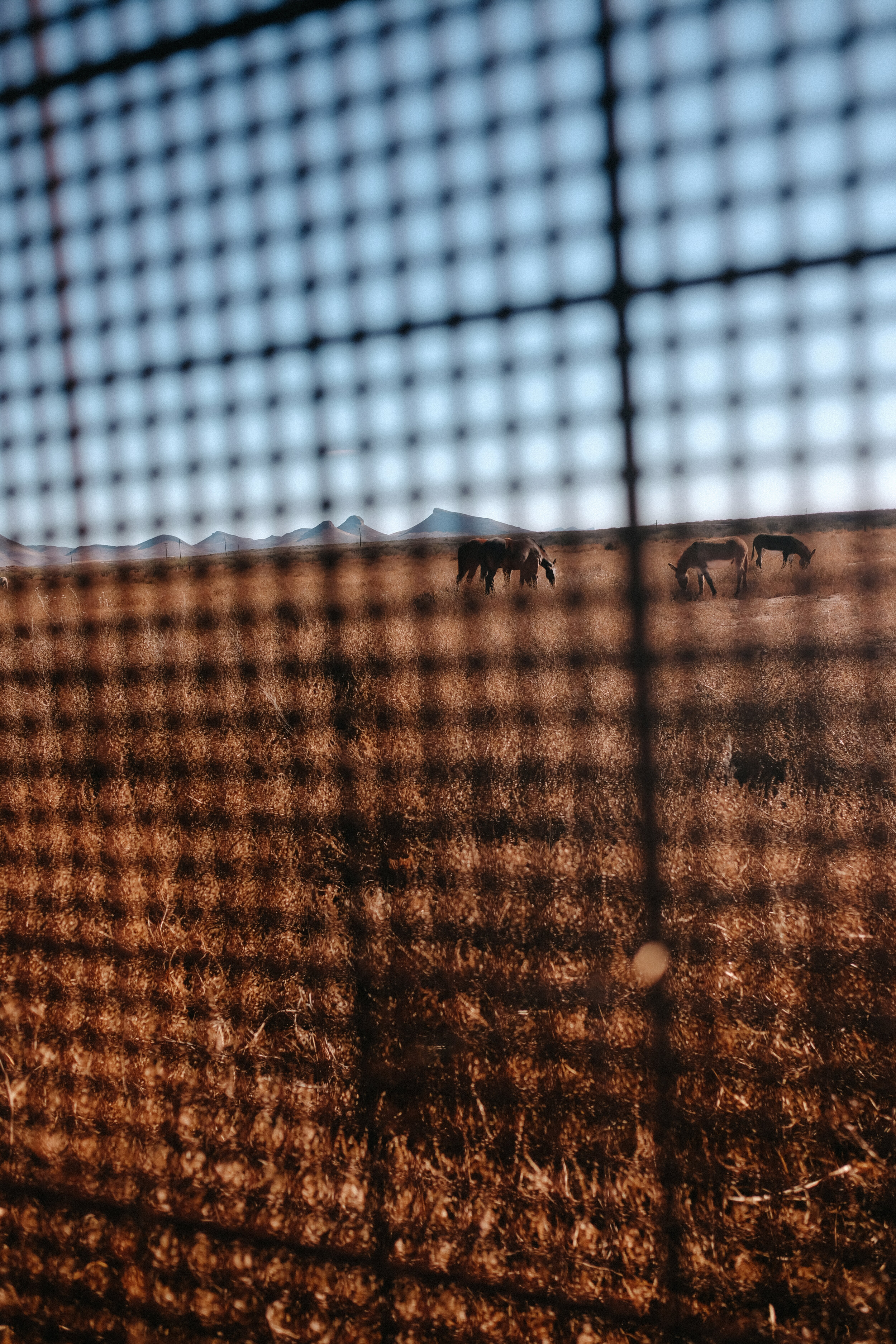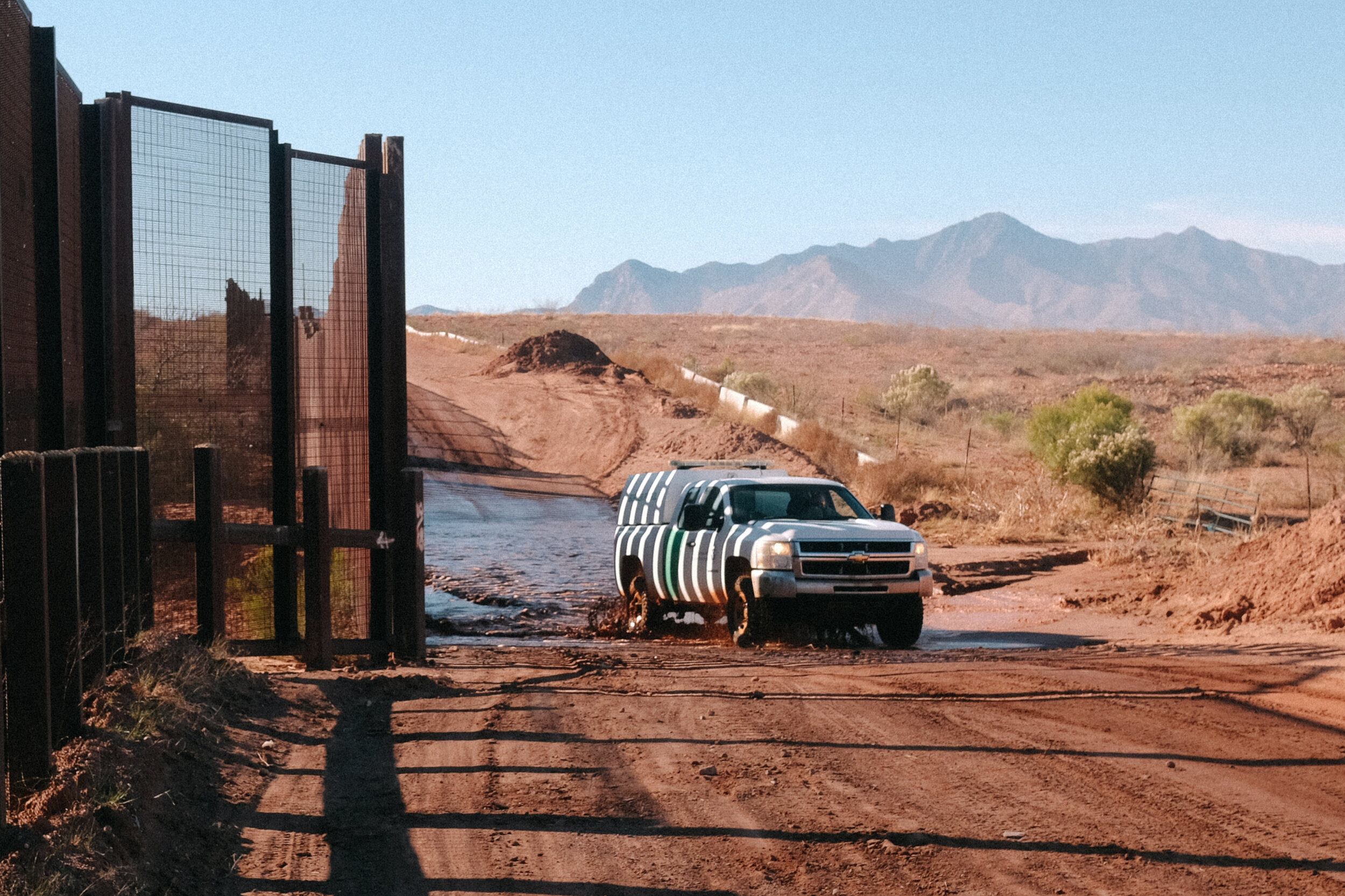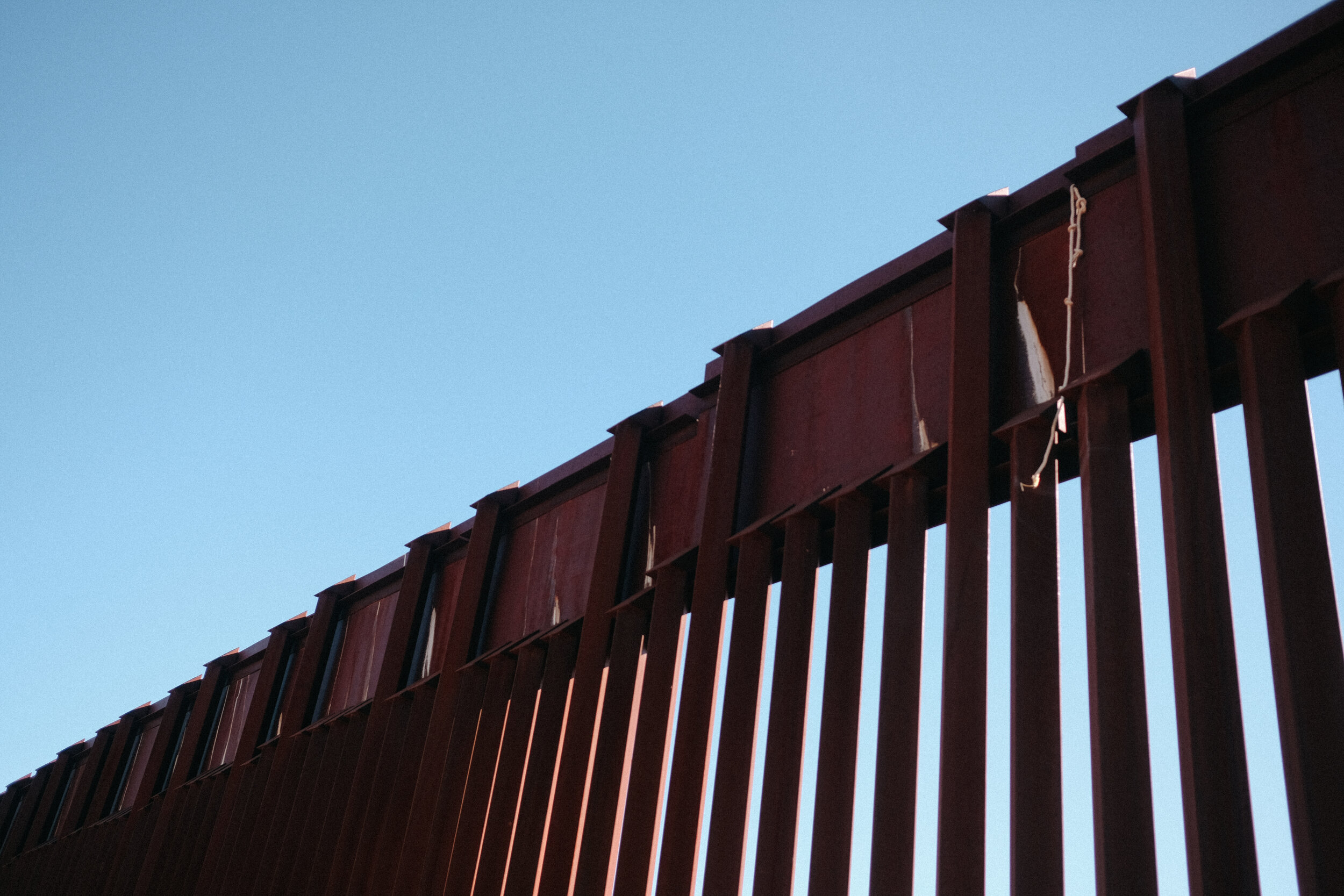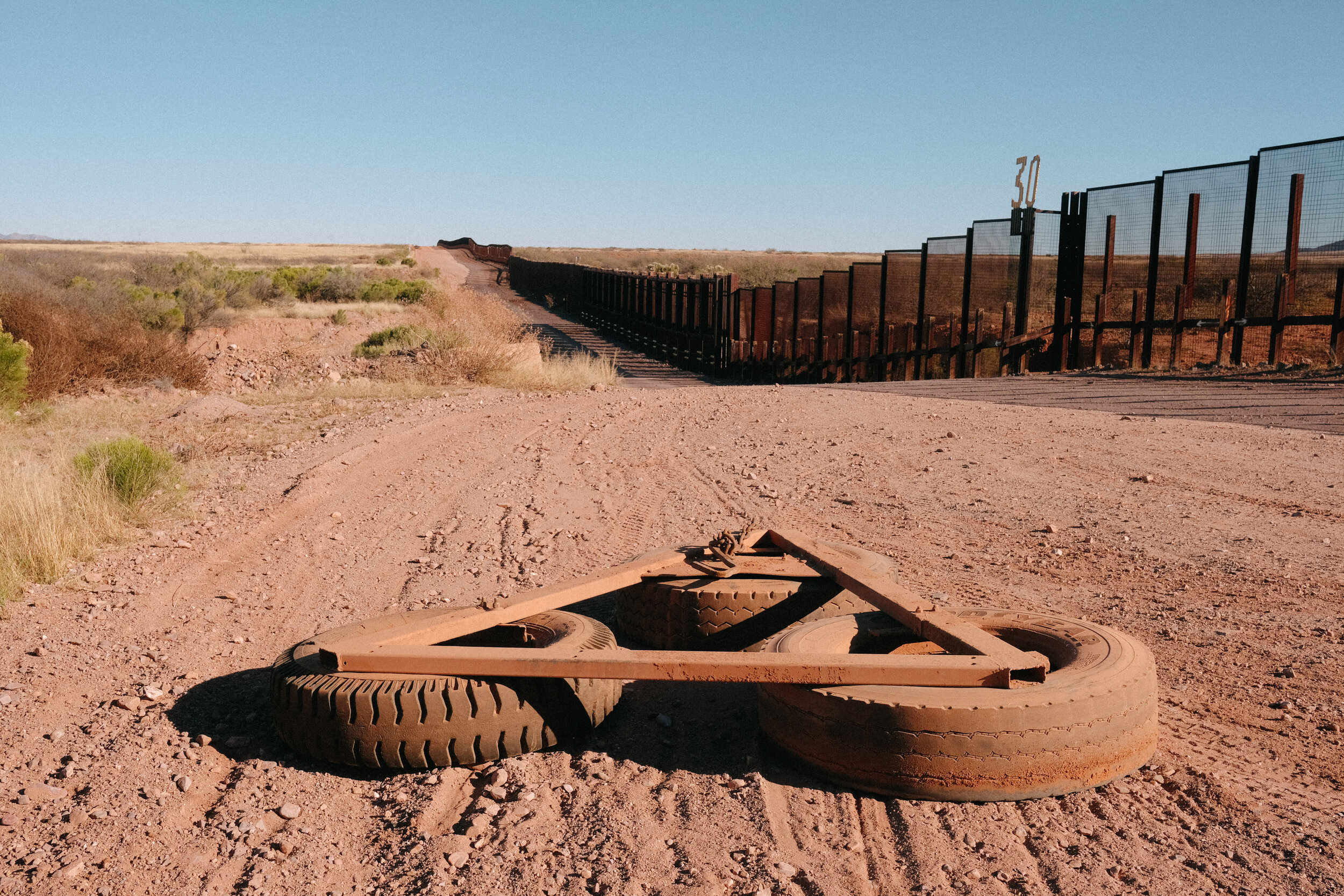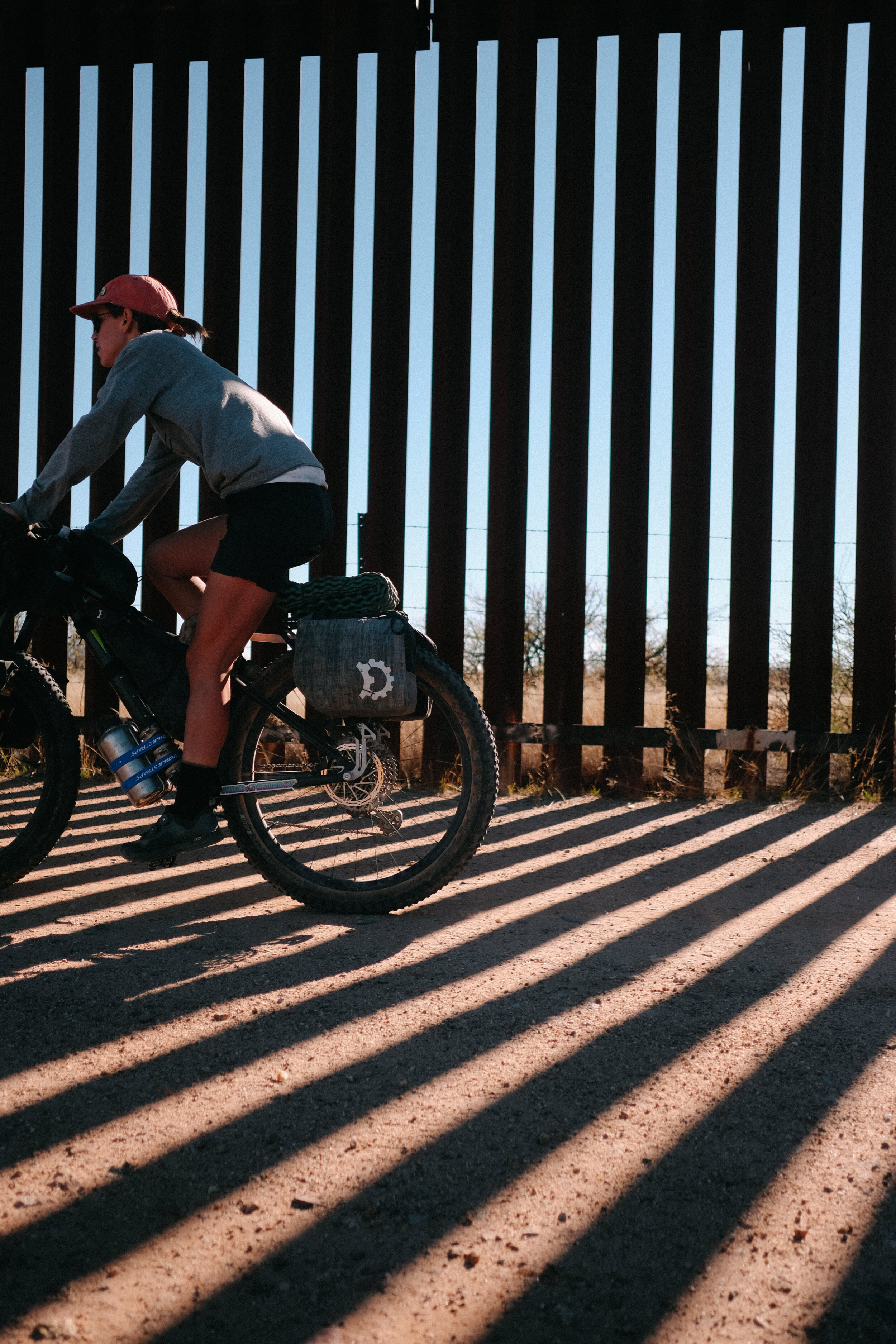Originally written for Swift Industries April 2, 2019
In today’s polarized cultural environment the bicycle has the ability to bridge the gap. After spending most of my adult life exploring by bicycle around the world, my experiences have led me to believe that the bicycle serves as the greatest tool to learn about myself, others, and the world around me. This is possible because while traveling by bicycle I am moving slow enough to be immersed in my surroundings which gives me the opportunity to relate to the land and its culture. While traveling by bicycle is often a solitary self-reflective time to ponder the story of the land, I am also incredibly vulnerable and exposed. I don’t have the protection of a glass windshield to shelter me from the outside world. I have to engage. The combination of these fundamental aspects of bicycle travel creates an incredible opportunity to make positive connections with people and places I normally would not have.
When most people ride a bicycle through a place, they wander in awe “how did this place come to be, what is the history of this land, what makes this place so beautiful to ride in?” What we lack in these moments is factual information. We’re usually riding in a remote place and don’t have enough cell signal to look up the answer. Then, when we finish the ride our phones turn back on, life resumes, and we completely forget to research the answers to our questions. If we simply did a bit more research, or better yet, engage with people in the places where we ride, we would have a better understanding of the lands story and greater appreciation for the place itself. Take this equation one step further by sharing that information with your friends, family, and neighbors, or write about it to your community, and a snowball effect of cultural awareness and informed action can begin within your community. The first step in all of this is to honor Native inhabitants of the land and to acknowledge the history of colonization and systematic racism in our country in order to dismantle any “discovery complex” we may have as we “explore” by bike.
I put this basic method to the test when I found a region through bicycling that needs our attention now more than ever.
The US/Mexico Borderlands, particularly the Sky Islands region of the Sonoran Desert in Southern Arizona is one of the most biologically diverse places in the world and one of the most beautiful places to ride a bicycle yet, the region is plagued with many environmental threats from mining and border infrastructure as well as a humanitarian crisis that most folks are unaware of.
I first visited Southern Arizona a few years ago for a cycling training camp and was blown away by the diversity of scenery, the network of gravel roads, and the ideal climate for riding during winter. After the camp I immediately started scheming for a bikepacking route to explore the region more thoroughly. I returned seven separate times between 2017 and 2018 to scout, ride, and link up the many mis-mapped roads in the region, ultimately putting together the Sky Islands Odyssey Route Project with three routes in one; a full loop, a west loop, and an east loop of varying lengths and difficulty. As I scouted these routes the environmental, political, and humanitarian issues in this region were very apparent. As someone who grew up in Ohio, I had never been to a place in the U.S. so highly militarized as the US/Mexico borderlands, nor had I ever seen the border wall (and lack there of in certain places). I had never seen tire draggers on the side of the road, designed to groom the road so migrant footprints could be more trackable, and I wondered why I was seeing so many pieces of clothing, or a solitary shoe left in this remote place. It wasn’t until I encountered two migrants at my camp one morning that I realized that as a cyclist with a privilege to ride in these beautiful places and a platform to share my experiences, I simply cannot brush over the issues at hand. So I wrote the route guides with all the dirty, ugly details that contribute to the story of this beautiful place.
Then, this winter I was motivated to host a single-day challenge on the Sky Islands Odyssey East Loop so I created the event, Ruta Del Jefe, a 125-mile self-supported adventure race following dirt roads around the Santa Rita Mountains, the lair of one of the only North American Jaguars to live in the U.S., a tribute to the biological diversity of the region.
The goal for Ruta del Jefe is to challenge riders to take on the Sky Islands Odyssey East Loop in one single day while also raising awareness to the environmental and political threats affecting this region. Some of the key issues I highlight through the promotion of Ruta del Jefe is the environmental threat of the proposed Rosemont Copper Mine, a half-mile deep, one-mile wide open pit copper mine, and Executive Order 13767, which calls for a physical solid wall to be built along the border and the effect they would have on wildlife habitat and migratory species, water quality, and outdoor recreation in the Sky Islands region. Another issue I highlight is the current U.S. national policy to regulate illegal migration through “Prevention Through Deterrence” which deters illegal migrant traffic to more hostile terrain, less suited for crossing and better suited for enforcement. As a result of this strategy, thousands of undocumented migrants have died from dehydrations, starvation, and the extreme journey within the borderlands where Ruta del Jefe takes place.
I believe that riding a bike in the Sky Islands region offers a unique perspective on these issues. In addition, since we have the privilege to travel to ride bikes in beautiful places, it is our responsibility to understand the big picture of the history of the region we ride, what is special and unique about it, what the threats are, and how we can take action. So with Ruta del Jefe the cost of registration was a suggested donation to Save the Scenic Santa Ritas, the non-profit organization fighting the Rosemont Copper Mine and No More Deaths, the non-profit organization providing humanitarian aid for migrants traveling through the desert. I also asked representatives to speak to the riders on behalf the Tohono O’odham Nation, Save The Scenic Santa Ritas, No More Deaths, The Northern Jaguar Project, and the Appleton-Whittell Research Ranch of the National Audubon Society. The presentations took place the night before the race to give riders a greater context for the land they would be racing through the following day.
So by now you may be asking “can we even make a difference”. The answer is yes, absolutely. Our problem as outdoor enthusiasts is that we are always so busy enjoying the outdoors. Add to the mix our full-time jobs, family, friends, and relationships and we have seemingly very little time to get involved. Through the process of researching these issues I was surprised to learn that the outdoor recreation industry combined contributes, 887 million dollars in consumer spending, 7.6 million jobs, 65.3 million in federal tax revenue, and 59.2 billion in state and local tax revenue (outdoorindusty.org). If each of us would allow ourselves to be a bit more engaged in the places we travel through and active in sharing what we learn with others, then we can participate in informed action with the economic muscle of the outdoor recreation industry to back it up. We have a voice.

